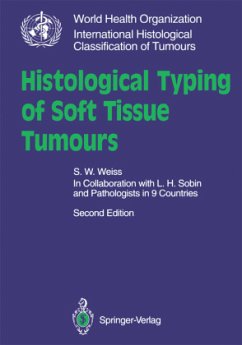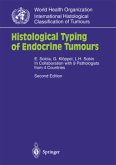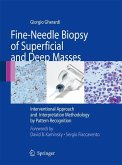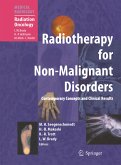The first edition of Histological Typing of Soft Tissue Tumours, pub lished in 1969, represented a major step in the standardization of nomen clature in this specialty area. Accompanied by a glass slide set of more than a hundred common and exotic tumours, this book resulted in the rapid assimilation of a universal set of guidelines and diagnostic defini tions by pathologists in many countries. In the intervening two decades numerous changes have occurred, and our committee has been chal lenged by the desire to incorporate new and exciting findings from the areas of immunohistochemistry and molecular biology into the classifi cation with the need to develop a simple reproducible classification for practising pathologists. The current system, while based principally on standard microscopic observations, acknowledges and cites the use of di agnostically valuable ancillary techniques. Changes in the Classification Although the original classification utilized the concept of "histogene sis" or tissue of origin in defining tumours, we have departed from that point of view, acknowledging the impossibility of determining histogen esis by morphologic means alone. This classification is based on the "line of differentiation", or stated simply, by comparing tumours to the nor mal cell they most closely resemble without necessarily implying origin therefrom. As in the old classification we have interpreted the term "tu mours" in the broadest sense of the word and have, therefore, included neoplastic and non-neoplastic conditions.








